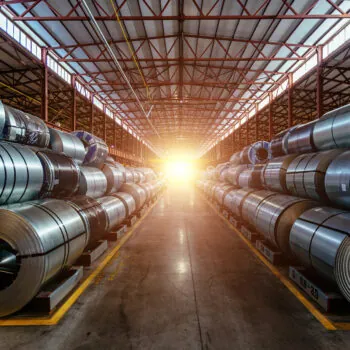The EU has set the ambition for Europe to become the first climate-neutral continent by 2050. This will require a step-change in emissions reductions across the European economy, including in energy-intensive industries, such as steel, cement, aluminium, paper and chemicals. In the lead up to the EU industrial strategy, this paper sets out key priorities to put energy-intensive industries on track for climate neutrality by 2050.
The European Commission is set to release its new industrial strategy on 10 March 2020. The strategy is expected to set the direction of travel for the EU economy, bring growth and competitiveness, deliver the EU’s climate goals, establish the EU as a leader on digital technologies and navigate tricky trade relations with the US and China.
The content and framing of the strategy will be highly influential in setting the parameters and the pace for shifting energy-intensive industries onto a path to climate-neutrality. This sector accounts for roughly 17% of EU emissions and has seen stagnating emissions reductions in recent years. Policymakers have focused on shielding industrial players from carbon price signals to enhance competitiveness in the short term, rather than helping them to transform in a way that would safeguard their competitiveness in the long run. With many industrial plants coming up for reinvestment and refurbishment in the next 10 years, time is running out to ensure the right investments are made to forge a pathway towards climate-neutrality.
A vast number of policy options to decarbonise heavy industry have been put forward. This paper builds on these. It outlines the elements that a comprehensive policy package for decarbonising industry must contain and explores how policy needs will evolve at different stages of the transition to climate-neutrality. It proposes a set of policies for each stage, laying out an illustrative roadmap to 2030 and beyond.
It is only with a mutually supportive, coordinated and strategically coherent package of policies that the EU’s industrial strategy can work. We need a smart combination of public sector push and market pull policies at different points in the transition.
Read the latest blog on this, What’s the (green) deal with the EU industrial strategy, here.
Read the full briefing, Fostering Climate-neutral, Energy-intensive Industries in Europe: A Policy Vision for the EU Industrial Strategy, here.
This project has received funding from the European Commission through a LIFE grant. The content of this report reflects only the authors’ views. The Commission is not responsible for any use that may be made of the information it contains.



